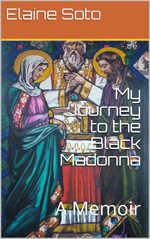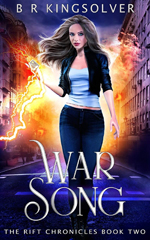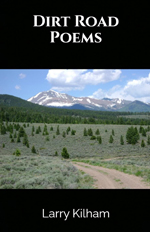Author Melody Groves is a retired teacher and former gunfighter who uses her love for the Old West to inspire her nonfiction books and articles, as well as two historical fiction series (the Colton Brothers Saga and the Maud Overstreet Saga). TwoDot Books published her newest nonfiction release, When Outlaws Wore Badges, in April 2021. Melody is a member of SouthWest Writers, Western Writers of America, and New Mexico Press Women. You’ll find her on MelodyGroves.net, Facebook, and her Amazon author page. Read more about Melody and her writing in SWW’s 2016 and 2018 interviews.
 What is your elevator pitch for When Outlaws Wore Badges?
What is your elevator pitch for When Outlaws Wore Badges?
Fourteen men of the Old West walked both sides of the “blue line”: some at the same time.
What unique challenges did this work pose for you?
Finding characters to write about was easy, but writing enough for their ploys to make sense was tough. I had a limited word count so keeping in pertinent information, but not too much, was a challenge.
Of the fourteen outlaws you write about in the book, who is your favorite?
That has to be Burt Alvord in Arizona who, as a deputy sheriff and his gang, robbed a train then formed a posse from that gang. He deputized them all and rode out looking for the robbers. Totally dejected, they appeared in town the next day when they couldn’t find the outlaws. Now, that takes a lot of hutzpah!
Tell us how the book came together.
I’m not sure where the idea came from—I’ve always liked to write about unusual aspects of the West. A couple of my historian friends made suggestions about who I should include. The research, writing, editing on my part took about eight months. The hardest part was finding photos that would work. I bought a few and took a few others off the internet, which isn’t the world’s best resolution. It took a bit for me to understand that while all old photos are in the public domain, not all can be printed for free. Also, getting permission to use some took forever—people were really slow to respond.
Any “Oh, wow!” moments when doing research for this book?
My closest “Oh, wow!” moment was when I started putting together the connections most of these men had to each other. Especially those in the Dodge City Gang that worked out of Las Vegas, New Mexico.
What was your favorite part of putting this project together?
Favorite part? That’s easy. When it was done.
 Your writing takes many forms—articles, nonfiction books, and novels. Is there one form you’re drawn to the most when you write or read?
Your writing takes many forms—articles, nonfiction books, and novels. Is there one form you’re drawn to the most when you write or read?
I do enjoy writing all three forms. I’m drawn to reading more nonfiction magazine articles because, truthfully, I’m not constantly editing them, as I do fiction novels when I read them. I don’t worry much about that in nonfiction!
Do you prefer the creating or editing aspect of writing? How do you feel about research?
Editing or creating? Both have their places. At times I’m happy to already have the words written, I just need to “fix” them. Other times, I love the freedom of putting brand new words on brand new pages. And I love research. I much prefer going there, seeing it, but that’s not always do-able. I try hard not to go overboard on research—you can spend all day researching and not get any writing done.
How has your experience writing nonfiction benefited your fiction writing?
I’ve learned that using the details in nonfiction is equally important in fiction. I judge a ton of Westerns each year and am amazed at one or two that insist the Rio Grande is in a different place than it really is or a pass looks a certain way when it doesn’t. I’ve also read stories in which the facts are just plain wrong. And even in fiction, the facts are the facts.
If you’ve ever suffered from writer’s block, how did you break through?
I don’t get writer’s block, I get writer’s apathy. However, I do dread that blank sheet of paper in front of me. What I do is simply start. If it’s a magazine article, I’ll look for a quote and that always leads me. A novel…I start with where the hero’s life changes. Nonfiction book…chapter one. And I also use deadlines as great motivators!
What writing projects are you working on now?
Glad you asked! A Billy the Kid book—all about him as a person (coming out June 2022). Also a magazine article on Albuquerque’s first town marshal (Wild West Magazine, Dec 2021) and an article on Billy the Kid’s mom (Wild West, August 2022).
Is there anything else you’d like readers to know?
To be a successful writer, however you define success, you absolutely must write every day. You’ve got to think like a writer—edit what you read in newspapers, books, etc. Look for story ideas. And support local writers (and bookstores) by buying their books and writing reviews on Amazon. So important!
 KL Wagoner (writing as Cate Macabe) is the author of This New Mountain: a memoir of AJ Jackson, private investigator, repossessor, and grandmother. Kathy posts to a speculative fiction blog at klwagoner.com and writes about memoir at ThisNewMountain.com.
KL Wagoner (writing as Cate Macabe) is the author of This New Mountain: a memoir of AJ Jackson, private investigator, repossessor, and grandmother. Kathy posts to a speculative fiction blog at klwagoner.com and writes about memoir at ThisNewMountain.com.















